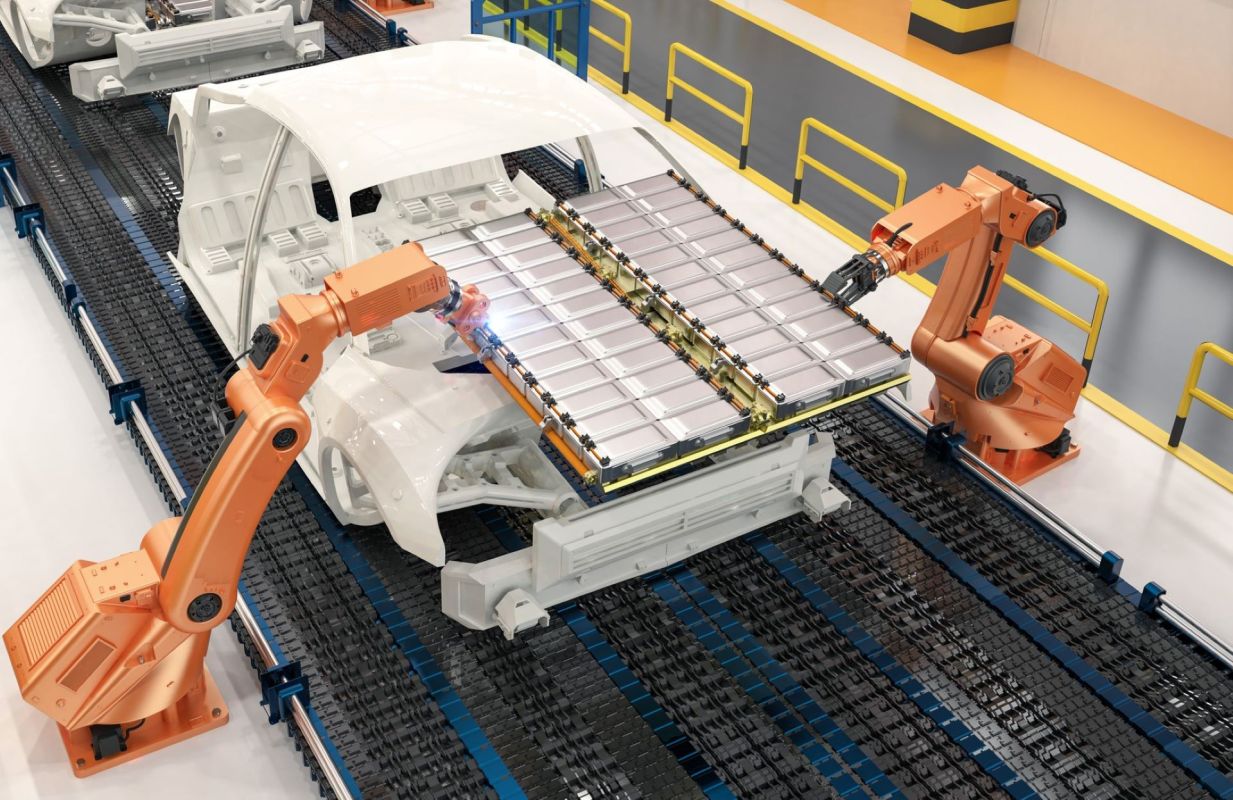Lithium-ion (Li-ion) batteries have revolutionized our lives, shifting the gears of our clunky, gas-dependent means of transportation into a cleaner future with electric vehicles.
And these batteries aren't running out of charge anytime soon, figuratively speaking. Between 2020 and 2030, Statista reported the global demand for lithium-ion batteries will increase a whopping elevenfold, with the entire Li-ion battery chain reaching a value that will exceed $400 billion by 2030.
As enthralling as the growth of the Li-ion battery and EV markets have been, it's critical to point out one ticking time bomb — battery waste — and deploy retirement plans for batteries at the end of their lives.
What happens to EV batteries after their retirement?
According to a Greenpeace press release from 2020, an estimated 12.85 million tons of Li-ion batteries from EVs will retire between 2021 and 2030.
To tackle this soon-to-be mountain of old batteries, one retirement option for Li-ion EV batteries is to recycle them. This involves disassembling the battery, shredding it, and sifting and categorizing the shredded components, or melting down the batteries altogether to harvest small amounts of precious metals.
But per the infamous Three Rs of waste management, recycling shouldn't be the first step in retiring a battery.
"There is a lot of [battery] capacity left at the end of first use in electric vehicles," Jessika Richter, an environmental policy researcher at Lund University, explained to The Guardian.
Though these batteries can no longer power EVs, they can have an immense potential to store excess power generated by solar and wind farms.
B2U Storage in California is harnessing this potential by deploying second-life EV batteries in large-scale solar energy storage applications.
Other solutions include developing longer-lasting batteries and using lithium substitutes, such as a compound found in crustaceans.
Nevertheless, recycling these retired batteries will be crucial in the world's transition to EVs.
Many EV manufacturers already have existing recycling programs.
Tesla revealed in its 2022 Impact Report the impressive recycling capacity of Gigafactory Nevada, at 100 metric tons (roughly 110 U.S. tons) per week.
Several startups, like Germany's Tozero and Canada's Li-Cycle, are also committed to boosting Li-ion battery recycling into the mainstream.
Why is EV battery recycling important?
The transportation sector produces the most harmful heat-trapping pollution of any sector of the U.S. economy, at least half of which comes from cars we drive daily. Reducing carbon pollution in our air is critical to mitigating further overheating of our planet and its disastrous repercussions. Transitioning our vehicles to EVs is part of this solution.
Yet, mining for the materials necessary to manufacture EV batteries — including lithium, graphite, cobalt, and manganese — is energy-intensive, sometimes relies on unethical labor practices, degrades land, and produces air and water pollution.
Recycling EV batteries opens opportunities to reuse valuable raw materials in circulation rather than mining for more.
According to a study published by the American Chemical Society, "Under idealized conditions, retired batteries could supply 60% of cobalt, 53% of lithium, 57% of manganese, and 53% of nickel globally in 2040."
As the automotive industry continues to electrify, recycling EV batteries will be crucial to keep materials in circulation and reduce our reliance on destructive mining practices.
Join our free newsletter for weekly updates on the coolest innovations improving our lives and saving our planet.









